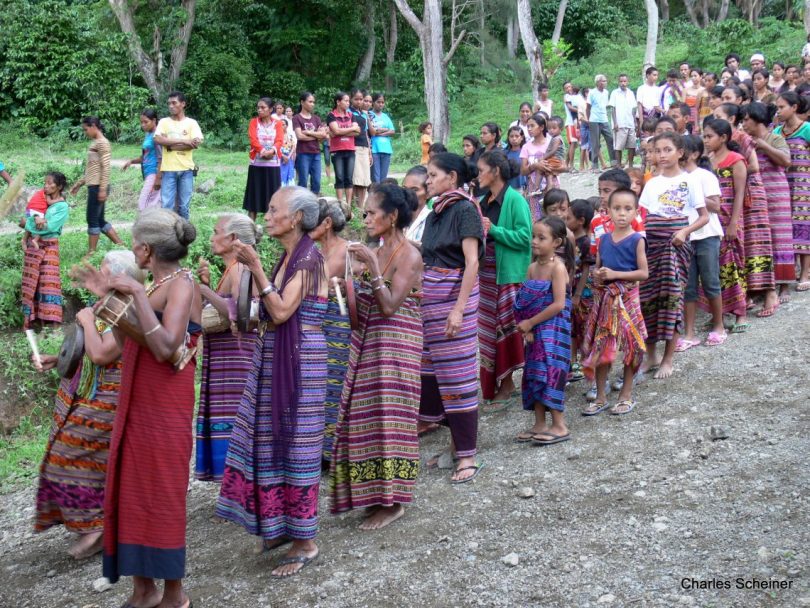madtechventures.com – Timor-Leste, the youngest nation in Southeast Asia, is a country rich in cultural heritage and traditions that have been shaped by centuries of indigenous practices and foreign influences. This article delves into the vibrant cultural landscape of Timor-Leste, exploring its art, music, dance, and the unique blend of indigenous and external influences that define its cultural identity.
Indigenous Roots and External Influences
The cultural tapestry of Timor-Leste is woven from the threads of its indigenous traditions and the influences of external cultures, particularly from the Portuguese, who colonized the country for over four centuries. This blend has resulted in a unique cultural identity that is both distinctly Timorese and reflective of its historical interactions with the outside world.
Traditional Art and Craftsmanship
Timor-Leste is renowned for its traditional art and craftsmanship, which includes intricate weaving, pottery, and woodcarving. The country’s textiles, known as tais, are particularly noteworthy. These hand-woven cloths are not only a testament to the skill of Timorese artisans but also carry deep cultural and symbolic meanings, often telling stories of the community’s history and values.
Music and Dance
Music and dance are integral to Timorese culture, serving as a means of expression, celebration, and storytelling. Traditional Timorese music is characterized by its use of indigenous instruments such as the teke teke (a type of bamboo flute) and the kompango (a drum). Dance, often performed during festivals and ceremonies, is a vibrant display of Timorese culture, with each movement and gesture carrying specific meanings and narratives.
Festivals and Celebrations
Festivals and celebrations are a cornerstone of Timorese culture, bringing communities together to honor their traditions and heritage. One of the most significant celebrations is the Timorese Independence Day on May 20th, which commemorates the country’s independence from Indonesia in 2002. Other important festivals include the Harvest Festival, which celebrates the end of the harvest season, and the Catholic Easter and Christmas celebrations, reflecting the strong influence of Portuguese colonialism.
Language and Literature
The language of Timor-Leste is a reflection of its cultural diversity. Tetum, one of the official languages, is widely spoken and is a key element in the preservation of Timorese cultural identity. Literature, both oral and written, plays a crucial role in transmitting cultural values, history, and traditions from one generation to the next. The stories, poems, and songs passed down through generations are a treasure trove of Timorese culture and history.
Contemporary Challenges and Preservation
Despite its rich cultural heritage, Timor-Leste faces challenges in preserving its cultural traditions in the face of globalization and modernization. Efforts are being made to document and promote traditional arts, music, and dance, as well as to support artisans and cultural practitioners. Education and community programs also play a vital role in ensuring that the younger generation is connected to their cultural roots.
Conclusion
The culture of Timor-Leste is a vibrant mosaic of indigenous traditions and external influences, reflecting the country’s rich history and the resilience of its people. From the intricate tais textiles to the rhythmic beats of traditional music, the cultural expressions of Timor-Leste are a testament to the enduring spirit of its communities. As the country continues to develop, the preservation of its cultural heritage remains a priority, ensuring that the unique cultural tapestry of Timor-Leste is celebrated and passed down for generations to come.
